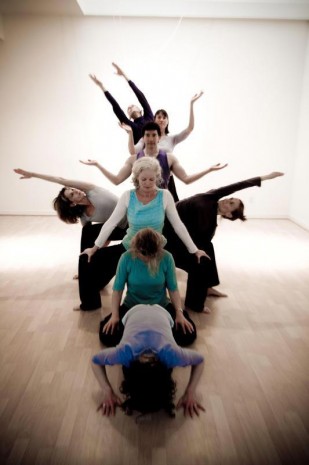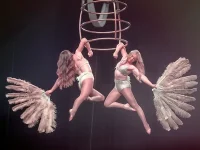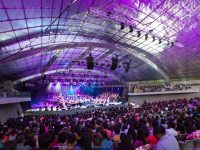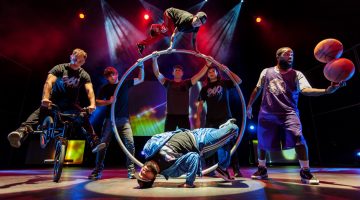 Youth drives a long way until – it doesn’t.
Youth drives a long way until – it doesn’t.
The day inevitably comes where you really need to start looking after yourself with a little more TLC. On one of those occasions I decided to enrol in a course of 6am Yoga. YUP hard core. But brilliant.
I had dabbled in Yoga, was proficient in Pilates methods and was a professional dancer – so I was understandably pretty confident. But this particular form of Yoga was what is known as ‘Astanga’ a dynamic form.
Previously I had only ventured into both ‘Iyengar’ the classic, static form and what is commonly known as ‘Hatha,’ which is generally misunderstood to be a ‘softer’ style. Infact Hatha Yoga encomapasses many different forms of physical Yoga, which are practiced in preparation for ‘Pranayama’: breathing and further spiritual awareness. What I learnt is that Yoga is an extremely wholistic religion – not just an exercise form.
So I started my Astanga course and found it to be quite challenging and particularly fast! I had that internal struggle and voice screaming, “this isn’t Yoga! Yoga’s supposed to be calm!!?’ But before long I was LOVING it. As my instructor explained “Astanga is a form for those that want the extra challenge.” And it certainly was that. But like anything, the more you get used to it, the easier it gets.
Astanga flows swiftly from one ‘Asana’ or position to the next, utilising the Sun salutation series in between asanas to re-align but also to keep the lungs and entire body engaged. And in a really strong class you will be sweating and racing to keep up – not only with the asanas but also with synchronising your breathing with your movement – but WOW how strong and invigorated you will feel. There, I am even phrasing like a Yogi just thinking about it!!
In complete contrast Iyengar is very calm and considered. Often the emphasis is on how long, generally measured by the number of breaths spent, in each asana. And a repetition of the asana up to 3 times is often practiced to deepen the physical and mental flexibility and endurance. Both styles are equally challenging and rewarding when practiced to an advanced level. But I did learn that being physically proficient didn’t tick all the boxes in Yoga class. Some asanas are particularly puzzling to execute, especially for some bodies, so it really takes mental endurance, patience and acceptance to feel satisfied. These are probably some of the most important qualities to develop throughout life in any area.
So I completed my Astanga course – boasting the best 6 pack I’d ever experienced, feeling the strongest ever. And having found an even deeper sense of flexibility than ever before in my dance career. I couldn’t believe that we hadn’t employed these techniques in my dance training. The strength in flexibility was the most impressive part for me. But I do believe that I was able to achieve that level as a result of my previous training in Pilates. Since then I have heard a lot of complaints about Yoga injuries. I can see very easily how this is possible, because I see people go into class all gung ho and with very little whole body consideration or awareness. Because I had already experienced my major injury at age 18 and re-trained substantially in the Pilates technique, once I ventured into this more advanced style I was ready and could really make the most of it.
Read more about Performers Longevity by Cara Dinley.













